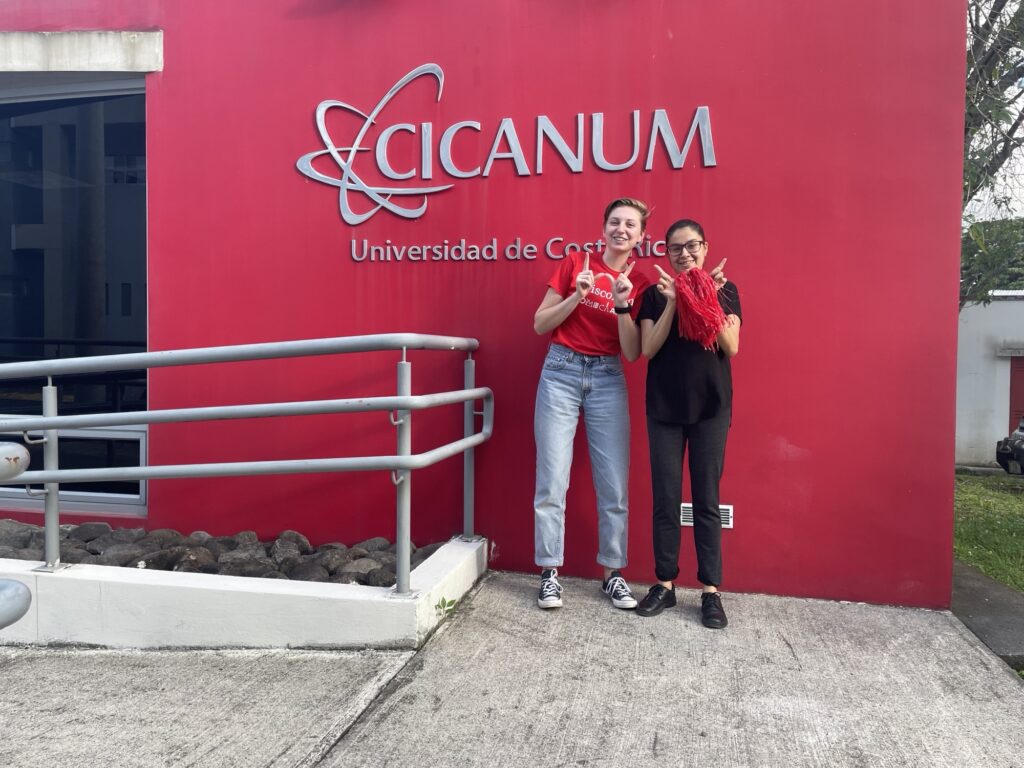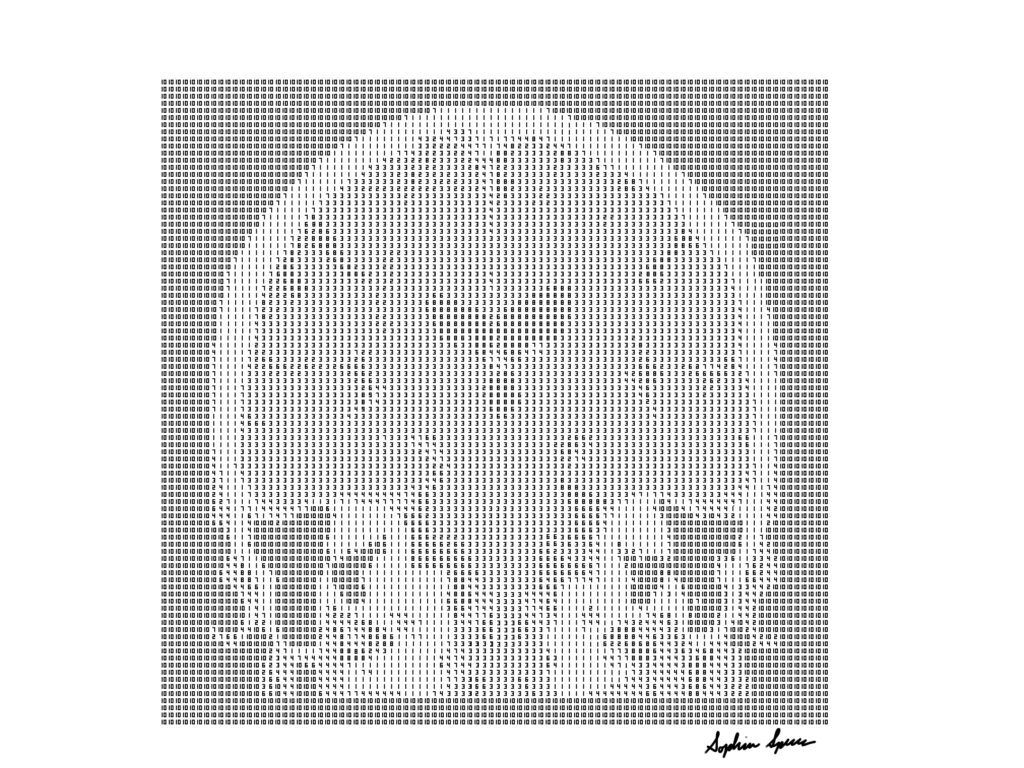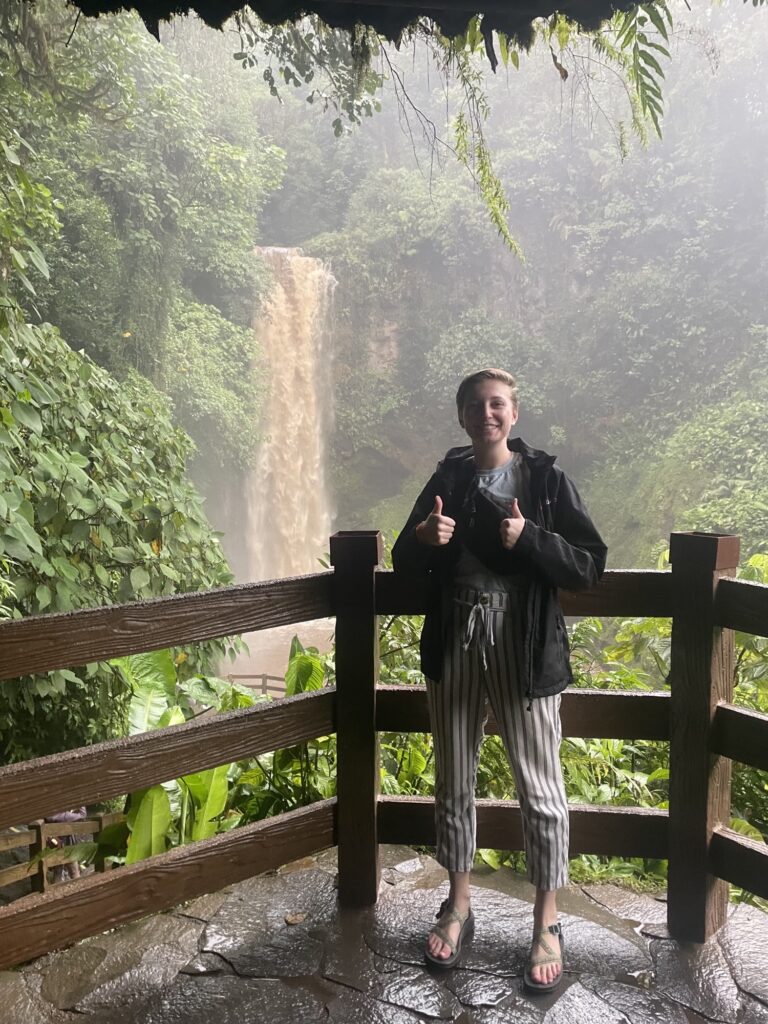
My name is Sophia Speece. I am a junior at the University of Wisconsin-Madison studying Biomedical Engineering and Music Performance. As you can imagine, there is not a lot of overlap between these two passions of mine.
This past summer I was given the unique opportunity to combine these two areas. I applied and was accepted for the “Artist in the Science Lab” internship abroad in Costa Rica!

I remember the intern abroad advisor telling me that they didn’t expect to find anyone to fill in that role, but when they saw my application, they knew it was a perfect match. The internship was directed by Dr. Mariela Porras Chaverri, who is a Professor at the University of Costa Rica in San Jose. They are the principal investigator for the Medical Computational Physics research lab, which is where I did most of my work over the summer. I used a physics simulation toolkit, Geant4, to model and simulate the particle interactions that occur during a CT scan. The purpose of this research is to measure the amount and deposited radiation doses from different kinds of particles, which a CT machine can not necessarily distinguish between. This information can then be used to improve existing CT scanners, making them more efficient, and improving patient safety.
Dr. Mariela has always held that science and art do not have to be separate. They can inspire and inform each other. During my time in their lab, I was inspired to create a piece of art based on the data I was working with. It started with a file called a DICOM, which is the standard format for storing and transmitting medical images. While converting one of these files to be imported into Geant4, I noticed that if you zoom out far enough you can see the medical image. This is because each type of tissue was assigned a different number, and when seen from far enough away these values acted like a form of greyscale. I wondered if I could get the same results if I drew an image by hand and shaded with numbers, each 6 by 10 pixels wide.

This process took quite a long time. I could have coded something to produce the same result, and then be able to take any picture I wanted and convert it to this number shading, but I decided to draw each number by hand on my iPad. I did this because the slow and tedious work represents the long process of research, publication, and verification. It can be emotionally exciting to study things perhaps no one has studied before, but also frustrating if it feels like the process is going no where. The piece was also inspired by Dr. Mariela’s posters of important women in science: The long process I went through also represents how historically, women and gender non-conforming persons have often had to take the long and difficult paths to success in the arts and the sciences, compared to their male counterparts.
I am very thankful that I was given this internship opportunity to combine my studies and interests. It’s not often that we can combine these things, but it serves as a reminder that the arts and sciences are not so black and white, but can inform and inspire each other.
Sophia Speece was a 2023 recipient of the Promega International Internship Scholarship, which is granted annually to University of Wisconsin-Madison students traveling abroad for internship opportunities.
Learn more about Promega support for science education in our Corporate Responsibility Report.
Latest posts by Promega (see all)
- Immune Surveillance Meets Innovation: The Critical Need for dsRNA Detection - April 22, 2025
- Beyond Ozempic: The New Frontier of Obesity Research - April 18, 2025
- One Health and H5N1: Promega’s Commitment to Holistic Solutions - April 8, 2025
